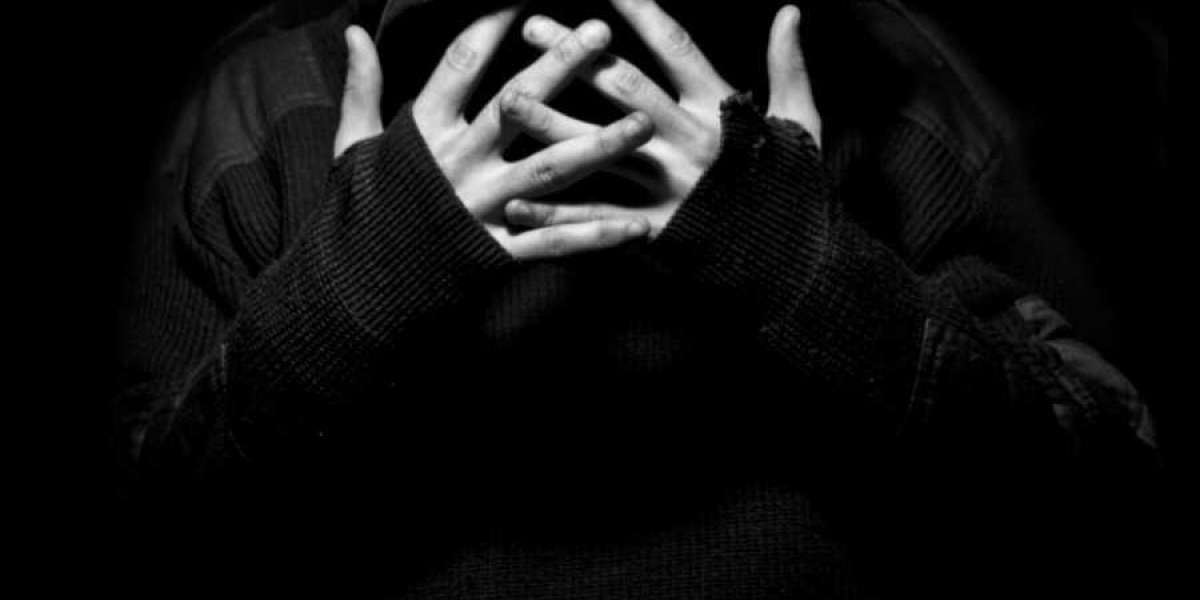Manga, the Japanese comic book medium, has spawned vibrant subcultures that have gained worldwide recognition. These subcultures, rooted in the passion and enthusiasm of manga fans, have become an integral part of the manga community. In this article, we will explore three prominent manga subcultures: Otaku, Cosplay, and Fan Practices. We will delve into their origins, significance, and the impact they have on the manga industry and fandom.
Otaku Culture:
The term "otaku" refers to individuals who have a deep passion for manga, anime, and related media. Originally, the term had a negative connotation, implying an obsessive and socially awkward fan. However, over time, otaku culture has evolved into a positive and inclusive community. Otaku are known for their extensive knowledge and dedication to their favorite manga series, characters, and creators.
Otaku culture embraces various fan practices, including collecting manga and merchandise, attending conventions, participating in fan art and fanfiction communities, and engaging in discussions on online forums. Otaku are often at the forefront of supporting the manga industry, contributing to its economic growth and sustaining the popularity of manga franchises.
Cosplay:
Cosplay, short for costume play, is a subculture that involves fans dressing up as their favorite manga, anime, or video game characters. Cosplay enthusiasts meticulously craft costumes, often replicating the intricate details of the characters' outfits and accessories. Cosplay allows fans to embody their beloved characters and express their creativity and passion for manga.
Cosplay has become a prominent feature of manga conventions and events worldwide. These gatherings provide a space for cosplayers to showcase their costumes, participate in competitions, and connect with fellow enthusiasts. Cosplay fosters a sense of community and camaraderie, allowing fans to share their love for manga and engage in creative collaborations.
Fan Practices:
Fan practices within the manga community encompass a wide range of activities that fans engage in to express their appreciation and support for their favorite manga series and characters. These practices include fan art, fan fiction, fan translations, and scanlations.
Fan art involves creating original artwork inspired by manga, showcasing personal interpretations and artistic styles. Fans often share their artwork on social media platforms and in online communities, allowing for collaboration and feedback from fellow enthusiasts.
Fanfiction involves writing stories that expand on the world and characters of manga series. Fans reimagine narratives, explore alternative storylines, and develop relationships between characters. Fanfiction communities provide a platform for writers to share their work and receive feedback from like-minded fans.
Fan translations and scanlations refer to the unofficial translation of manga series, often done by dedicated fans. These translations help bridge the language barrier, making manga accessible to international audiences who would otherwise be unable to enjoy them. While fan translations and scanlations have faced criticism for potential copyright infringement, they have played a significant role in introducing manga to global readership.
The Impact of Manga Subcultures:
Manga subcultures have had a profound impact on the manga industry and the broader entertainment landscape. Otaku culture, with its dedicated fanbase, has contributed to the success and longevity of manga franchises. The passion and support of otaku have propelled manga sales, influenced publishing decisions, and led to the creation of spin-offs, merchandise, and adaptations into anime and films.
Cosplay has become a visible and influential aspect of manga conventions and events, adding a vibrant and interactive element to the fandom experience. Cosplayers often garner attention and admiration, attracting media coverage and driving excitement for manga-related content.
Fan practices, such as fan art and fanfiction, not only provide an outlet for creative expression but also contribute to the visibility and longevity of manga series. By sharing their artwork and stories, fans generate buzz, attract new readers, and foster a sense of community.
Furthermore, manga subcultures have fostered cultural exchange and global appreciation for Japanese pop culture. Manga conventions and events attract attendees from around the world, facilitating connections and interactions between fans from diverse backgrounds. This cross-cultural exchange has influenced the broader entertainment industry, inspiring manga-influenced styles in comics, animations, and other media worldwide.
In conclusion, manga subcultures, including otaku culture, cosplay, and fan practices, play a significant role in the manga community. These subcultures showcase the passion, creativity, and dedication of manga fans and contribute to the overall growth and success of the manga industry. As manga continues to captivate audiences globally, the influence of these subcultures is set to expand, shaping the future of manga fandom and its impact on popular culture.




